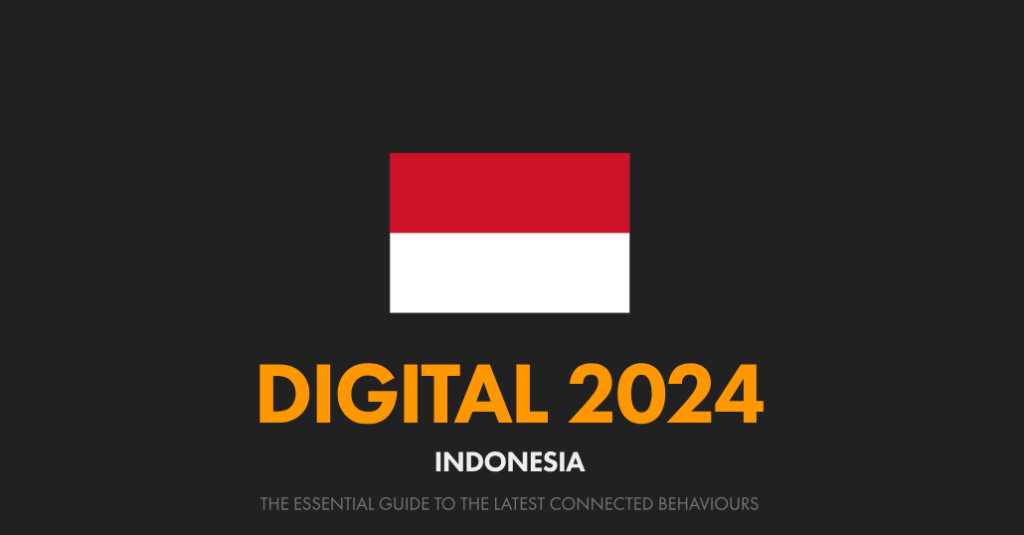
As Indonesia embraces the digital age in 2024, the latest data highlights significant trends and insights into the country’s internet usage and social media engagement. With 185.3 million internet users and burgeoning social media penetration, understanding these trends is vital for businesses, marketers, and policymakers looking to effectively engage with Indonesia’s dynamic digital populace.
At the start of 2024, internet penetration in Indonesia reached 66.5 percent, reflecting a steady gain in digital adoption with an increase of 1.5 million users compared to the previous year. This growth underlines the increasing importance of digital connectivity in a nation characterized by its vast and diverse population, which is currently estimated at 278.7 million.
“Despite the robust growth in internet usage, approximately 93.4 million people remain offline, signaling a critical opportunity for digital service providers and government initiatives to enhance access,” commented Rina Santoso, a digital marketing strategist based in Jakarta. “By improving infrastructure in rural areas, we can bridge the digital divide and foster equitable growth.”
The demographic composition of Indonesia adds another layer of complexity to the digital narrative. The median age of the population is 30 years, with 58.9 percent residing in urban centers. This youthful demographic suggests a significant potential for digital engagement, as younger generations tend to be more inclined towards adopting new technologies and platforms.
Breaking down internet usage further, the report reveals that mobile connections far outpace fixed broadband, totaling 353.3 million active cellular connections, which is equivalent to 126.8 percent of the population. “The high number of mobile connections is indicative of a mobile-first populace. This trend necessitates that brands and businesses prioritize mobile-friendly strategies,” said David Prasetyo, a telecommunications analyst.
Indeed, internet connection speeds have improved markedly, with median mobile speeds reaching 24.53 Mbps, a 42 percent increase from the previous year. Meanwhile, fixed internet speeds also saw an uptick, rising to 28.34 Mbps. These advancements not only enhance user experience but also facilitate the expansion of online services, e-commerce, and digital entertainment.
Social media continues to be a dominant force in the digital landscape, with 139 million social media users in Indonesia, constituting 49.9 percent of the total population. Remarkably, 75 percent of internet users engage with at least one social media platform, revealing the critical role these platforms play in daily life.
However, it is essential to approach these figures with caution. “Our methods for calculating social media user numbers have evolved, which could lead to discrepancies with previous data,” cautioned project lead Sarah Lestari from DataReportal. She elaborated that “the current figure reflects the realities of user behavior and corrections in source data, rather than a decline in social media engagement.”
Facebook, while still a significant player, has experienced a decline in potential ad reach, dropping by 1.9 percent from the previous year. Nevertheless, it retains a substantial audience of 117.6 million users in Indonesia. “Facebook’s ad reach is still vital for marketers, who must adapt their strategies to maintain engagement levels,” suggested marketing expert Elina Rahardjo.
On the other hand, YouTube continues to thrive with 139 million users in Indonesia. The platform’s ability to reach nearly half the population underscores its significance for content creators and advertisers alike. “YouTube’s reach indicates that video content is not just a trend; it’s a primary avenue for communication and marketing in Indonesia,” highlighted media analyst Farhan Nugroho.
In conclusion, as Indonesia’s digital landscape continues to evolve, the interplay of internet connectivity, social media engagement, and demographic dynamics will shape the future of digital marketing and communication in the region. With significant growth potential still on the horizon, stakeholders must remain agile, adapting to the fast-paced digital environment to capitalize on the opportunities that lie ahead. As Santoso rightly points out, “The digital future of Indonesia is bright, but it requires the collaborative efforts of businesses, government, and society to ensure that everyone is connected.”
